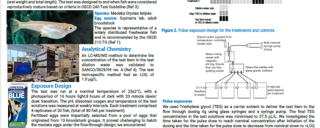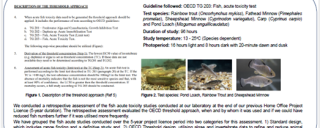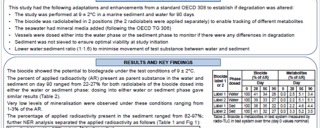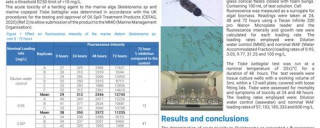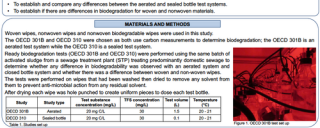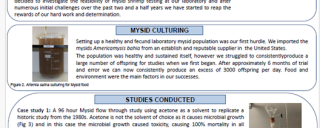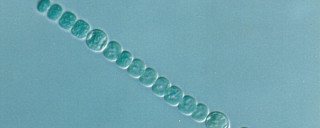A pulsed exposure approach to investigate chronic fish developmental stage mortality and its relevance for risk assessment.
Maunder, R., Fazakerley, D., Lyles, A., Gagniarre, M., Fruhmann, T., Taylor, S.
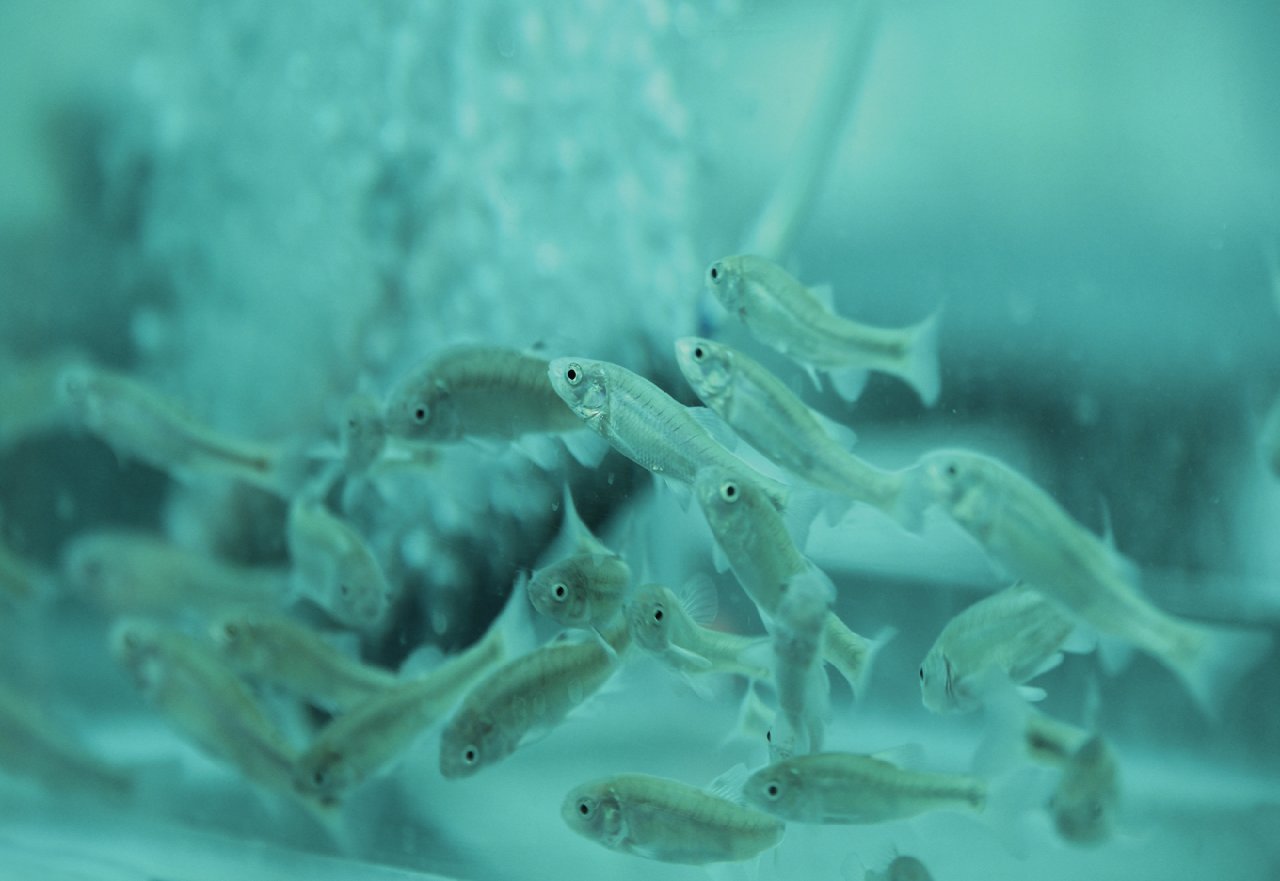
The chronic toxicity of pesticides to fish is typically evaluated using standard methods e.g. OECD 210 Test Guideline (TG; Ref 1). In addition, OPPTS 850.1500 guidance ( R e f 2) describes the method to conduct the fish life cycle (FLC) test that can be used to detect adverse effects on development, growth and reproduction over an entire life cycle. In some cases, effect endpoints reported in FELS and FLC studies can be inconsistent and further investigation of development growth stage effects may be justified. In this project, a bespoke fish study, using pulse-exposures was designed to investigate pesticide toxicity to three different life stages of the medaka Oryzias latipes.


The test was conducted at Scymaris, Brixham laboratory, UK.
A single test item concentration was dosed to three separate experimental groups, each receiving a 15-day pulse exposure (selected to represent worst case modelled exposure events) during a different life stage, with clean water the remaining time. A dilution water control (DWC) and a solvent control (SC) group receiving a matched solvent pulse were concurrently exposed.
Sign up to receive the latest news and scientific insight from Scymaris.
This website uses cookies to ensure you get the best experience. Learn more
